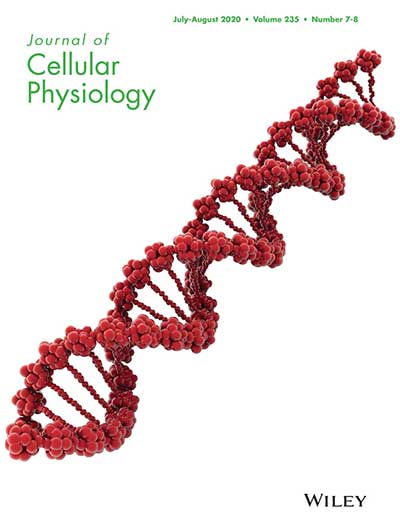Authors:
Bevilacqua A, Dragotto J, Giuliani A, Bizzarri MAbstract
Mice exposed to continuous light undergo functional and histological changes that mimic those of human Polycystic Ovary Syndrome (PCOS). We herein induced the syndrome by exposing 30-day-old females to 10 weeks of permanent light. Ovarian morphology and histology, as well as reproductive parameters (time of observed pregnancy/delivery) were investigated. Ovaries of PCOS-modeled mice showed lack of tertiary follicles and corpora lutea, altered ovarian architecture, and increased thickness of the theca layer. When mice were returned to a normal light-dark regimen for 10 days, a slight, spontaneous improvement occurred, whereas a quick and almost complete recovery from PCOS signs and symptoms was obtained by treating animals with a daily supplementation of 420 mg/kg myo-inositol and D-chiro-inositol (MyoIns/DCIns) in a 40:1 molar ratio. Namely, ovaries from mice treated by this protocol recovered normal histological features and a proper ratio of theca/granulosa cell layer thickness (TGR), suggesting that the androgenic phenotype was efficiently reversed. Indeed, we identified TGR as a useful index of PCOS, as its increase in PCOS-modeled mice correlated linearly with reduced reproductive capability ( r = 0.75, p < 0.0001). Mice treated with a 40:1 formula regained low TGR values and faster recovery of their fertility, with a physiological delivery time after mating. On the other hand, a higher D-chiro-inositol treatment formula, such as MyoIns versus DCIns 5:1, was ineffective or even had a negative effect on clinical-pathological outcomes.

